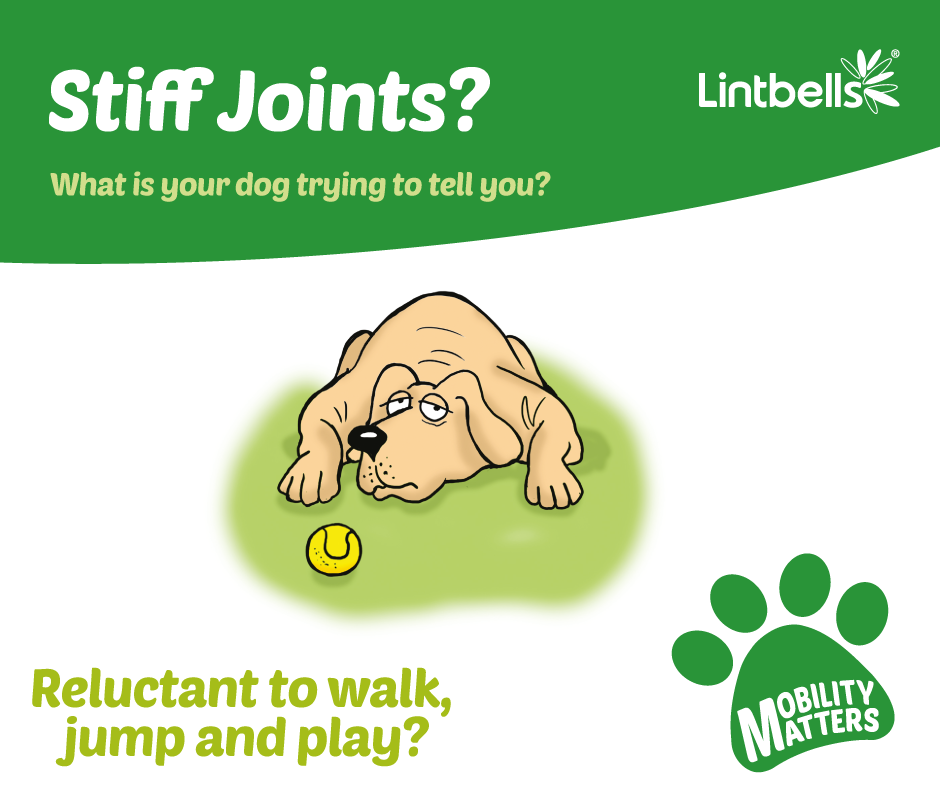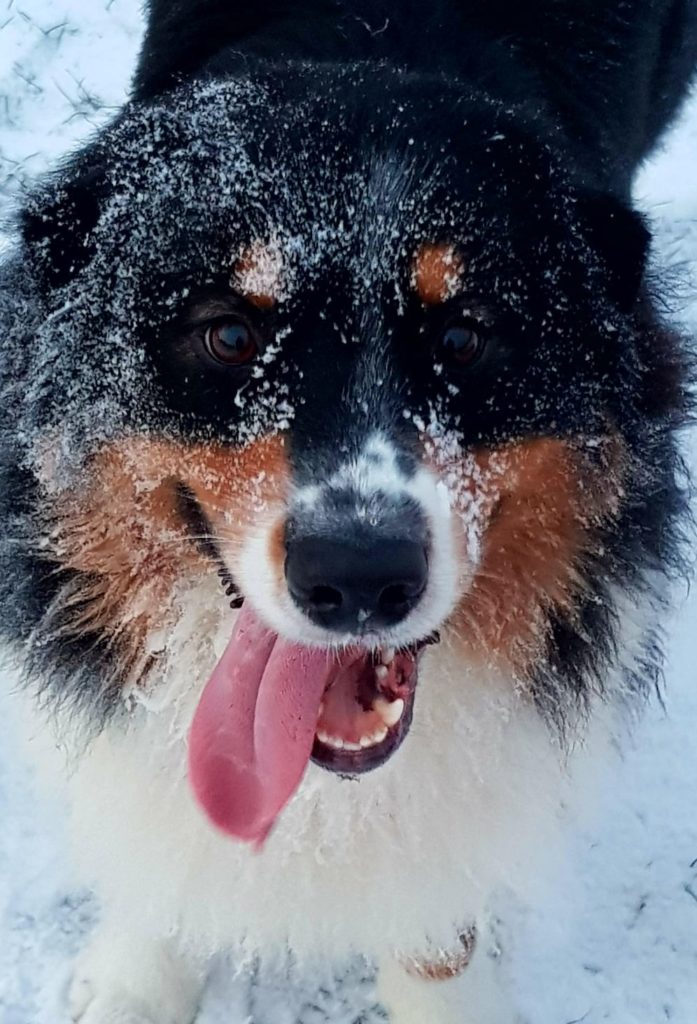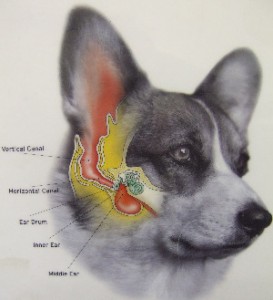Keeping It Cool
Keeping It Cool It is vital to ensure that your pet keeps cool in hot weather. Our Keeping It Cool pet blog talks about summer safety for your pet during the warmer weather. From walking your dog in early mornings to UV alert, it’s all included. Read our Keeping It Cool pet blog here.
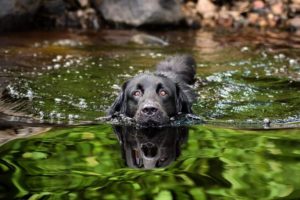
Rabbits: don’t get caught on the hop!
Our Keeping It Cool pet blog, talks about bunny care. Did you know that rabbits are the third most popular pet in the UK. Just like cats and dogs, rabbits benefit from regular vaccinations and health checks to keep them fit and well. Flystrike is another very serious problem for rabbits, understand how to protect your bunny in our Pet Blog here.
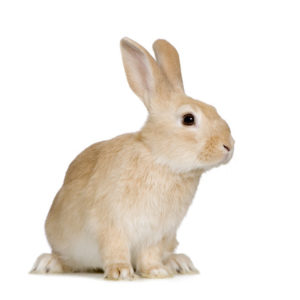
Ear disease and aches
are surprisingly common in pets and often result in head shaking and ear scratching. It’s a good idea to check your pet’s ears regularly to pick up on any problems early, if left too long, ear disease can become very difficult to treat. Our Pet Blog, discusses how your pets ears work and where problems can occur.

Also included in this Summer’s Pet Blog, Neutering my pet – Besides preventing unwanted pregnancies, there is a wide range of benefits for both male and female pets when it comes to neutering.
Seasonal Itches – As the weather warms up, have you noticed your pet is scratching more than usual? Our Keeping It Cool Pet Blog discusses some of the possible causes of skin irritation that could affect your pet.
We understand that every pet we see if unique, and that owners know their pets best. Our West London surgeries offer a full range of services available for your and your pet, contact our friendly team today and see how we can help you.



